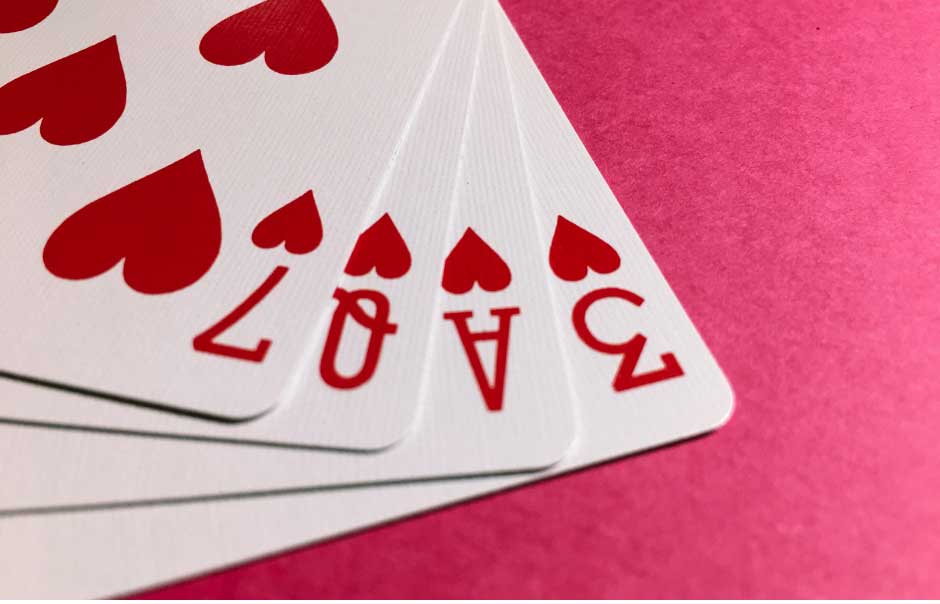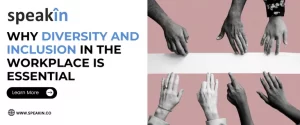The End of Victoria’s Reign

Section 497 – a law allowing the prosecution of a man for “enticing” or “taking away” another man’s wife.
The obsolete mindset of generally accepting the role of a woman as a victim – and taking away her right to defend her own – was created by the men of a country being ruled by a woman.
Yes, I do see the irony.
And once you do get past the overly patriarchal declaration, you are forced to come to terms with the fact that the law also manages to completely subdue the sensitivity of a man – by taking away his right to even condemn each person accountable.
But now, on the 71st year of Indian Independence, I can proudly say that the fabric of Indian intellect is changing. With the recent verdict of Section 377, and the decriminalization of Section 497, India is progressing, and perhaps moving a step closer to the country I would want to call home.
After 71 years of Independence, India is becoming truly democratic.
The Indian Society has always struggled to find the right balance between majoritarianism and minoritism – be it in terms of religion, gender, caste or sexual orientation. But the past few years have seen an increasing sense of inclusiveness in the country, and a positive and light hearted approach to all its troubles.
The Indian Judiciary seems to have learned the lesson of a longer leash, enabling its citizens to drive their own lives, instead of forcing them down a Yellow Brick Road.
With newer initiatives like Start-up India promoting professional growth and freedom, and decisions like the introduction of “creamy layer” against caste reservations, the government is progressing towards a more liberal attitude and perhaps is actually focused on the welfare and happiness of its citizen.
The citizens of India are becoming increasingly aware – with more and more people working consistently towards truly making India a global power and an inclusive nation, (case in point, RSS Chief, Shri Mohan Bhagwat, “Hum log to sarwalog-yukt Bharat waale log hain, mukt wale nahin” (We are those who are working for inclusion of all, exclusion of none)), the future of this country seems to be in good hands.
About a decade back, even imagining the streets of India covered with the colours of a rainbow, and a party of happily – divorced middle aged men and women, was absolutely out of the question. Perhaps we can credit this change to the positivity in the atmosphere of the country and realization of a need for change, and the global cultural shift that had left India with some serious catching up to do.
The need of the hour is to find more such threads that tie the varied pearls of India – and embrace the linguistic, social, cultural and religious diversity of the country, and the world.





